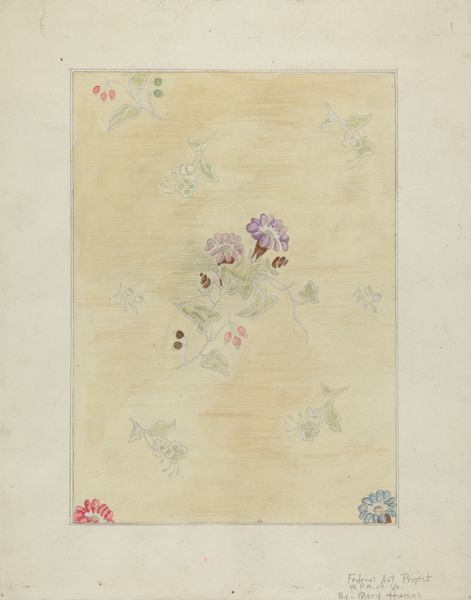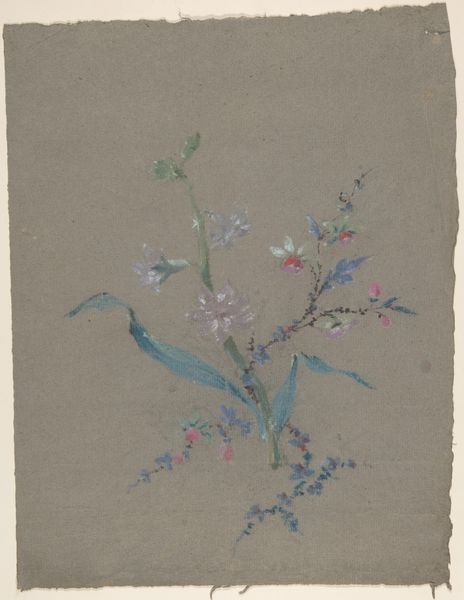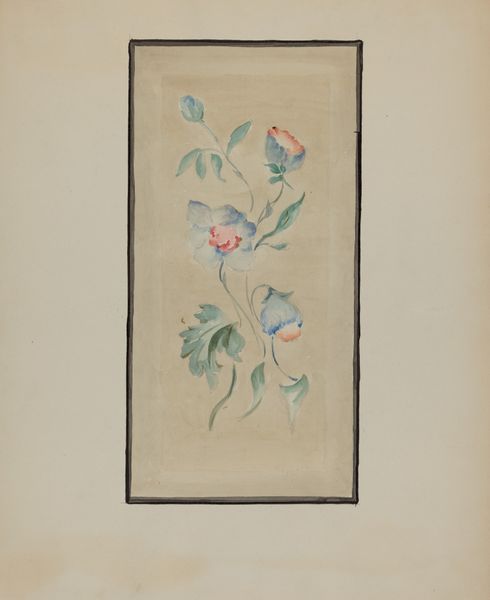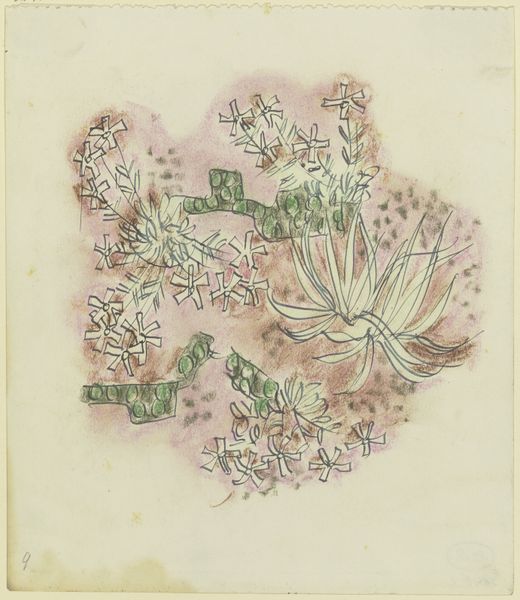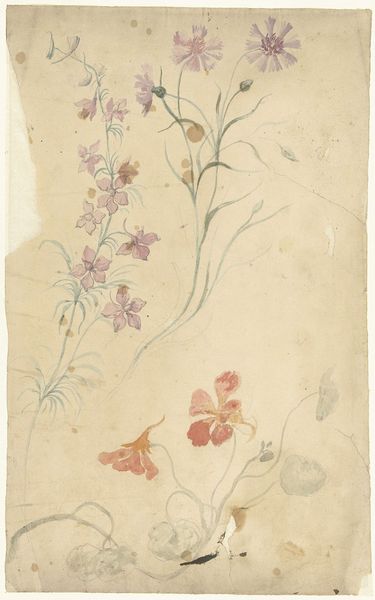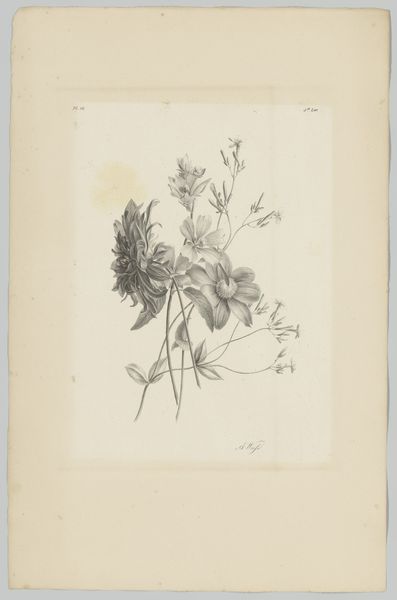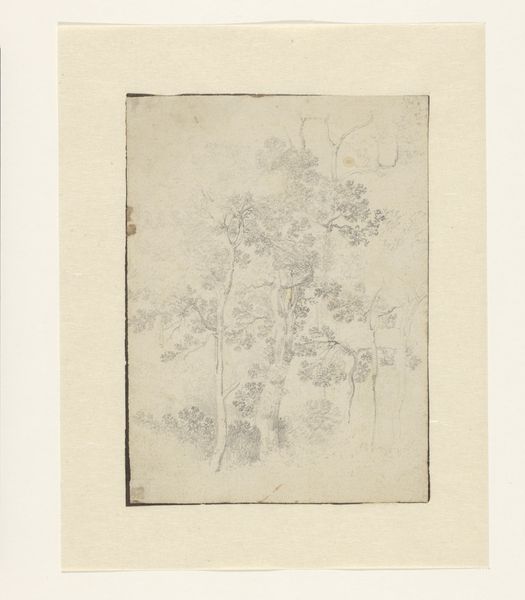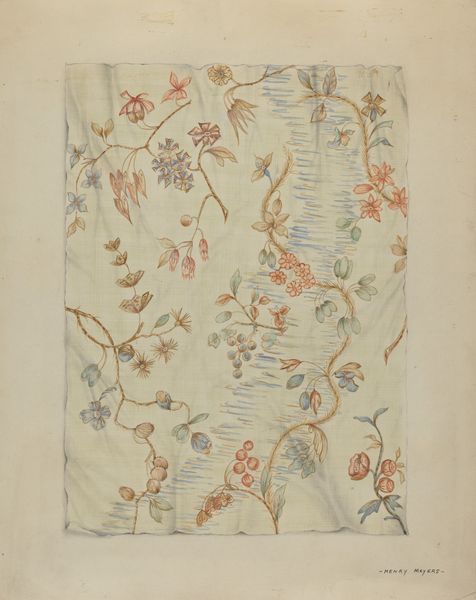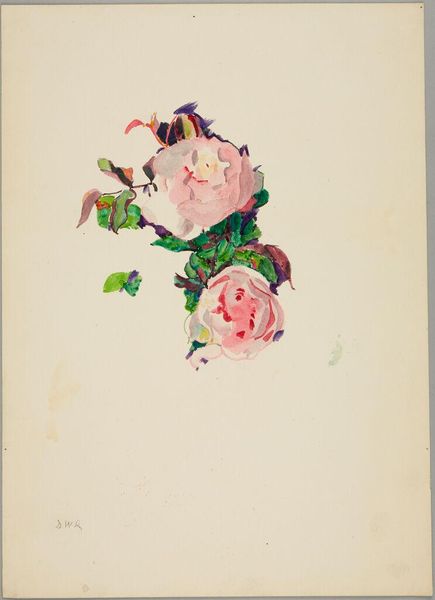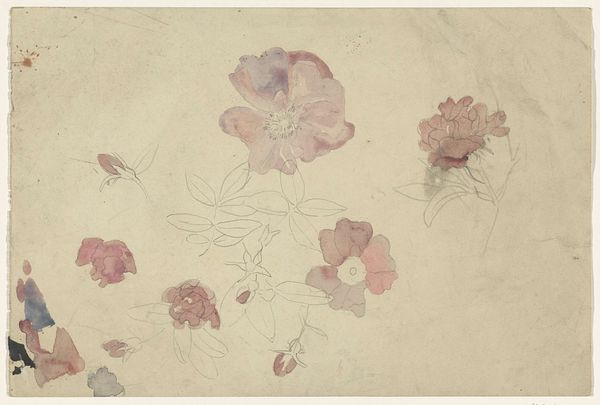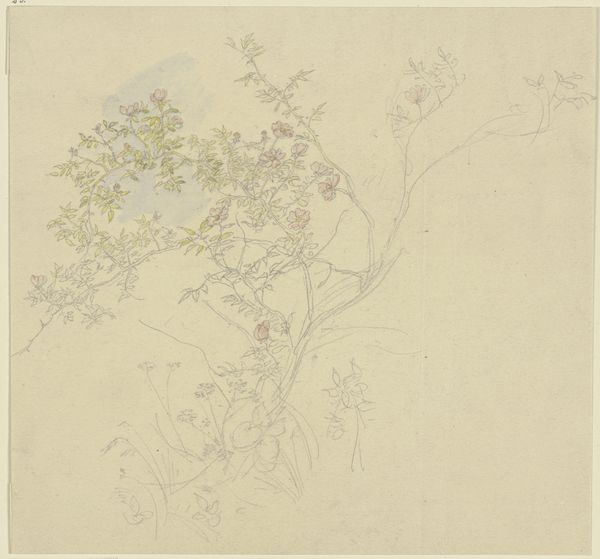
painting, paper, watercolor
#
baroque
#
dutch-golden-age
#
painting
#
paper
#
watercolor
#
coloured pencil
#
trompe-l'oeil
Dimensions: height 314 mm, width 273 mm
Copyright: Rijks Museum: Open Domain
This 'Trompe l'oeil' or 'fool the eye' still life of flowers under a sheet of paper, was made with watercolor by Jan van Huysum, an artist born in Amsterdam in 1682. The fashion for still life paintings in the Dutch Golden Age reflected the nation's increasing wealth and global trade, but also a Calvinist sensibility that prized the close observation of nature. This watercolor, which imitates the effect of an oil painting, is typical of Van Huysum’s pursuit of illusionism, as is the technique of trompe l’oeil which seeks to create an illusion for the viewer. Still life paintings became increasingly popular as display pieces for the home, where the illusion of reality combined with the decorative qualities of flower painting were especially prized. To understand the artist’s ambition to deceive the viewer, we must consider the social value placed on such skills. The archive is always there to help us understand the cultural context.
Comments
No comments
Be the first to comment and join the conversation on the ultimate creative platform.
